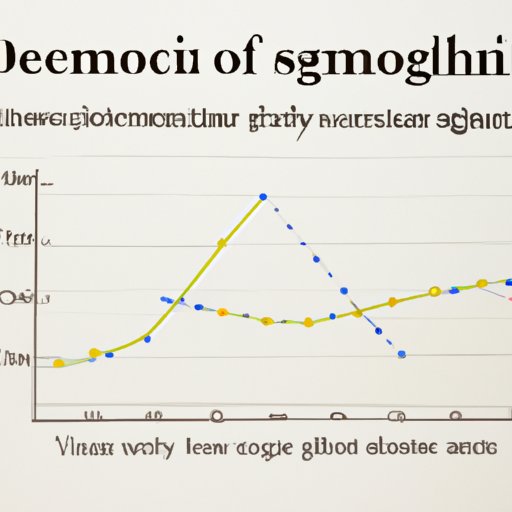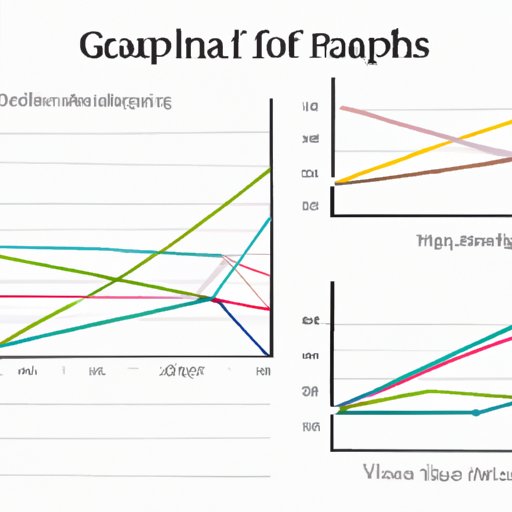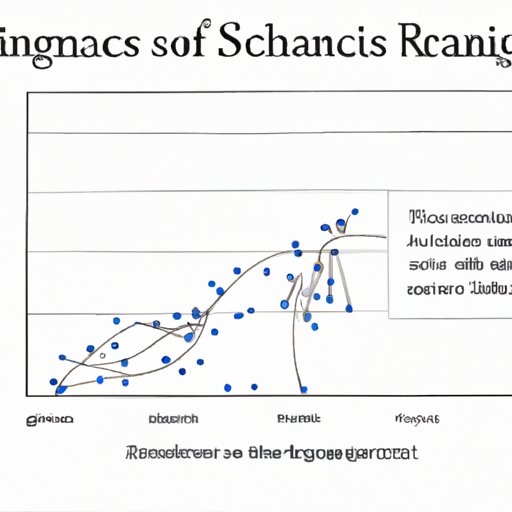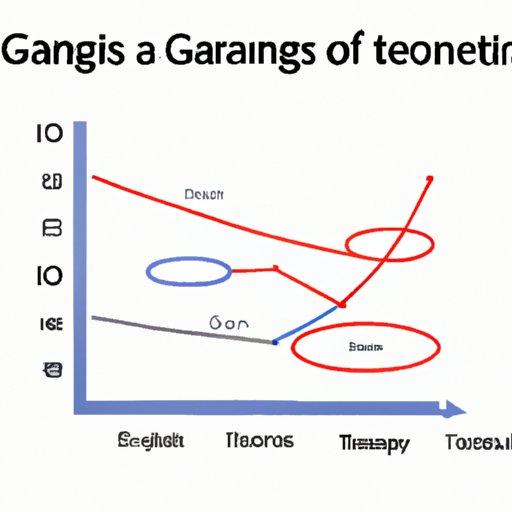Introduction
Graphs are used extensively in the sciences to represent data. As such, it is important to be able to accurately name them in order to convey their meaning clearly and concisely. Naming graphs can be a difficult task, however, as it requires understanding the basics of graph naming in science, utilizing scientific terminology to name the graph, exploring different types of graphs, and accurately describing a graph’s content to give it an appropriate name. This article will provide an overview of these topics, as well as strategies for naming graphs in scientific research papers and tips for choosing descriptive and accurate graph titles.
Understanding the Basics of Graph Naming in Science
In order to understand how to name a graph in science, it is important to first define what a graph is and its purpose. According to the Oxford English Dictionary, a graph is “a diagram showing the relation between variable quantities, typically of two variables, each measured along one of a pair of axes at right angles.” In other words, a graph is a visual representation of data that helps to illustrate correlations, trends, or patterns. It is then the responsibility of the creator of the graph to accurately name it in order to convey the information it contains.
The first step in naming a graph is to determine the type of graph being used. Different types of graphs include bar graphs, line graphs, pie charts, histograms, scatter plots, and more. Each type of graph is best suited to conveying certain types of data, so it is important to choose the correct type of graph based on the data being presented. Once the type of graph has been determined, the next step is to use scientific terminology to name the graph.

Using Scientific Terminology to Name Your Graphs
When it comes to naming a graph in science, it is important to use scientific terminology to accurately describe the content of the graph. This means identifying key components of the graph, such as the type of data being presented, the variables being compared, and any trends or patterns that may be present. For example, if the graph is comparing the number of hours of sunlight during different months of the year, the title could be something like “Number of Hours of Sunlight by Month.”
It is also important to remember to use precise language when naming your graphs. For example, if the graph is comparing the number of hours of sunlight during different months of the year, the title should not just be “Sunlight.” Instead, it should specify the exact data being presented, such as “Number of Hours of Sunlight by Month.” This allows readers to quickly identify the content of the graph without having to guess at what it is depicting.

Exploring Different Types of Graphs and Their Appropriate Names
Now that you understand the basics of graph naming in science, let’s explore some of the most common types of graphs and their appropriate names. First, let’s look at bar graphs. Bar graphs are used to compare data points across categories. When naming a bar graph, it is important to include the type of data being presented, the categories being compared, and any trends or patterns that may be present. For example, if the graph is comparing the number of hours of sunlight during different months of the year, the title could be something like “Number of Hours of Sunlight by Month.”
Next, let’s look at line graphs. Line graphs are used to show changes over time. When naming a line graph, it is important to include the type of data being presented, the time periods being compared, and any trends or patterns that may be present. For example, if the graph is comparing the number of hours of sunlight during the summer months, the title could be something like “Number of Hours of Sunlight During the Summer Months.”
Pie charts are another type of graph used to show proportions or percentages. When naming a pie chart, it is important to include the type of data being shown, the proportions or percentages being compared, and any trends or patterns that may be present. For example, if the graph is showing the percentage of people who prefer different types of ice cream, the title could be something like “Percentage of People Who Prefer Different Types of Ice Cream.”
Histograms are used to show the distribution of data. When naming a histogram, it is important to include the type of data being shown, the range of values being compared, and any trends or patterns that may be present. For example, if the graph is showing the distribution of ages of people in a population, the title could be something like “Distribution of Ages of People in a Population.”
Finally, scatter plots are used to show correlations between two sets of data. When naming a scatter plot, it is important to include the type of data being shown, the variables being compared, and any trends or patterns that may be present. For example, if the graph is showing the correlation between height and weight of people in a population, the title could be something like “Correlation Between Height and Weight of People in a Population.”
How to Accurately Describe a Graph’s Content to Give it an Appropriate Name
Once you have identified the type of graph being used, the next step is to accurately describe the content of the graph in order to give it an appropriate name. This means analyzing the data points, identifying trends, and summarizing the data. For example, if the graph is showing the number of hours of sunlight during different months of the year, the title could be something like “Number of Hours of Sunlight by Month with Highest Average in June.” This title accurately describes the content of the graph while still being concise and informative.

Strategies for Naming Graphs in Scientific Research Papers
When naming graphs in scientific research papers, it is important to utilize relevant keywords, use precise language, and avoid redundant descriptors. For example, if the graph is showing the number of hours of sunlight during different months of the year, the title should be something like “Hours of Sunlight by Month” rather than “Graph Showing the Number of Hours of Sunlight During Different Months of the Year.” This makes it easier for readers to quickly identify the content of the graph.
It is also important to remember that the title of a graph should reflect the content of the graph, not the researcher’s opinion or interpretation of the data. For example, if the graph is showing the number of hours of sunlight during different months of the year, the title should not be something like “June Is the Sunniest Month.” This title does not accurately reflect the content of the graph, as it implies that the researcher is drawing conclusions from the data.
Tips for Choosing Descriptive, Accurate Graph Titles
When it comes to choosing descriptive, accurate graph titles, there are a few key tips to keep in mind. First, keep titles short and descriptive. Long, overly-wordy titles can make it difficult for readers to quickly identify the content of the graph. Second, make sure the title accurately reflects the content of the graph. This means avoiding titles that imply the researcher’s opinion or interpretation of the data. Third, don’t be afraid to get creative. Creative titles can help to draw readers’ attention and make the graph stand out.
Conclusion
Graphs are an important tool for visualizing data in the sciences, and it is essential to be able to accurately name them in order to convey their meaning clearly and concisely. This article provided an overview of graph naming in science, exploring different types of graphs, how to accurately describe a graph’s content, and strategies and tips for choosing descriptive and accurate titles. With this knowledge, researchers can ensure that their graphs are accurately named and easily understood.
(Note: Is this article not meeting your expectations? Do you have knowledge or insights to share? Unlock new opportunities and expand your reach by joining our authors team. Click Registration to join us and share your expertise with our readers.)
